BAT house
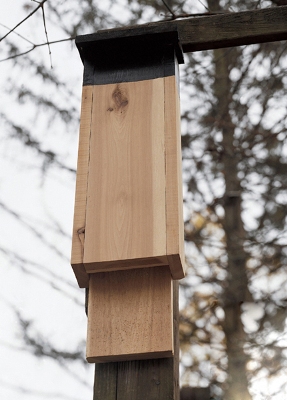
I used rough-sawn cedar for this project. The rough sides are perfect for the inside of the house, giving the bats a surface from which to hang and sleep. You can make a bat house with one, two or more approximately 1″-deep sections. This house, which has only one section, holds 50 to 75 bats!
Bats like to be very warm so paint the house black or cover it with roofing tar paper. Attach the house 10′ to 30′ high to the sunny side of a barn or garage underneath the edge of the roof.
Be sure to read “The Beneficial Bat” in “Attracting Birds, Butterflies and Bats to Your Backyard” for more information about bats and bat houses.
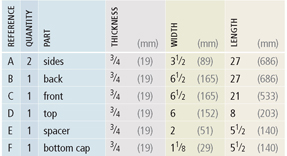
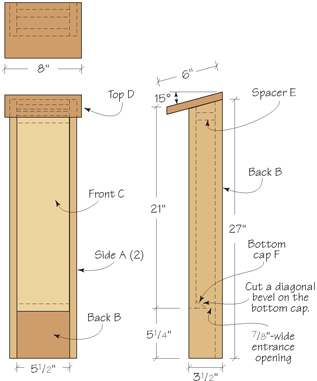
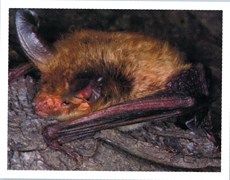
LITTLE BROWN BAT
The little brown bat is one of the most common bats in the United States and Canada. They prefer to live in areas along streams and lakes, and form nursery colonies in buildings or artificial bat houses in the summer. They hibernate in the winter in caves and mines, waking once every two weeks to fly about, but not to feed. It stores about 2 grams of fat on its body as winter sustenance.
Little brown bats forage over water, where their diet consists of aquatic insects. During peak feeding activity, one bat can catch up to 1,200 insects.
WARNING: Bats are susceptible to rabies. Rabid bats rarely attack humans or other animals, but bats found lying on the ground may be rabid. Never touch or pick up any bat. Report it immediately to animal-control officers.
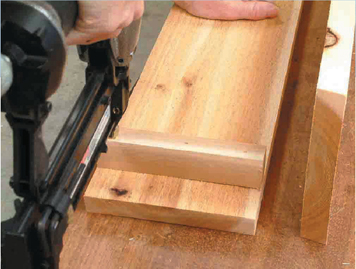
Cut the parts according to the cutting list. Nail the spacer to the back. Remember to keep the rough-sawn face of the cedar to the inside of the house.
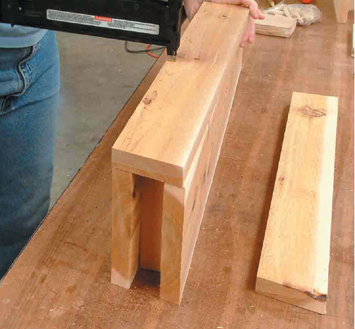
Nail the bottom cap to the inside bottom of the front part. Then nail the front to the spacer/back assembly. Nail the sides to the front/back assembly.
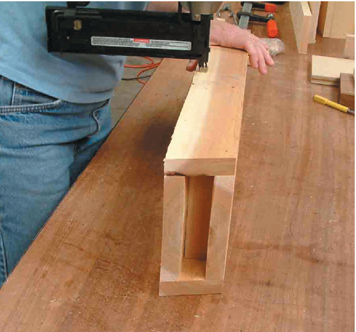
After nailing the sides in place, nail the roof to the house. Cedar stands up to the elements and insects well, so no finish is needed.